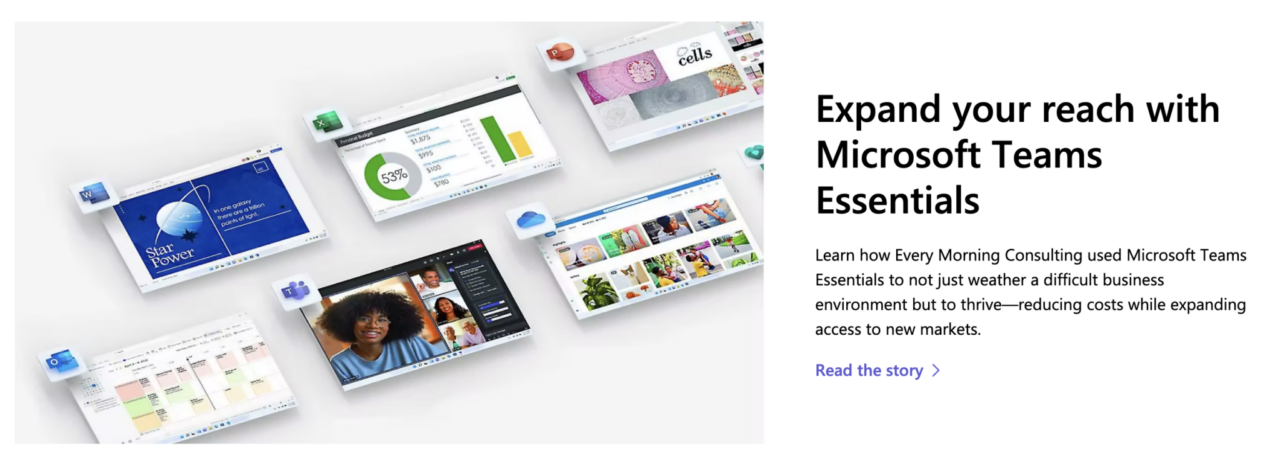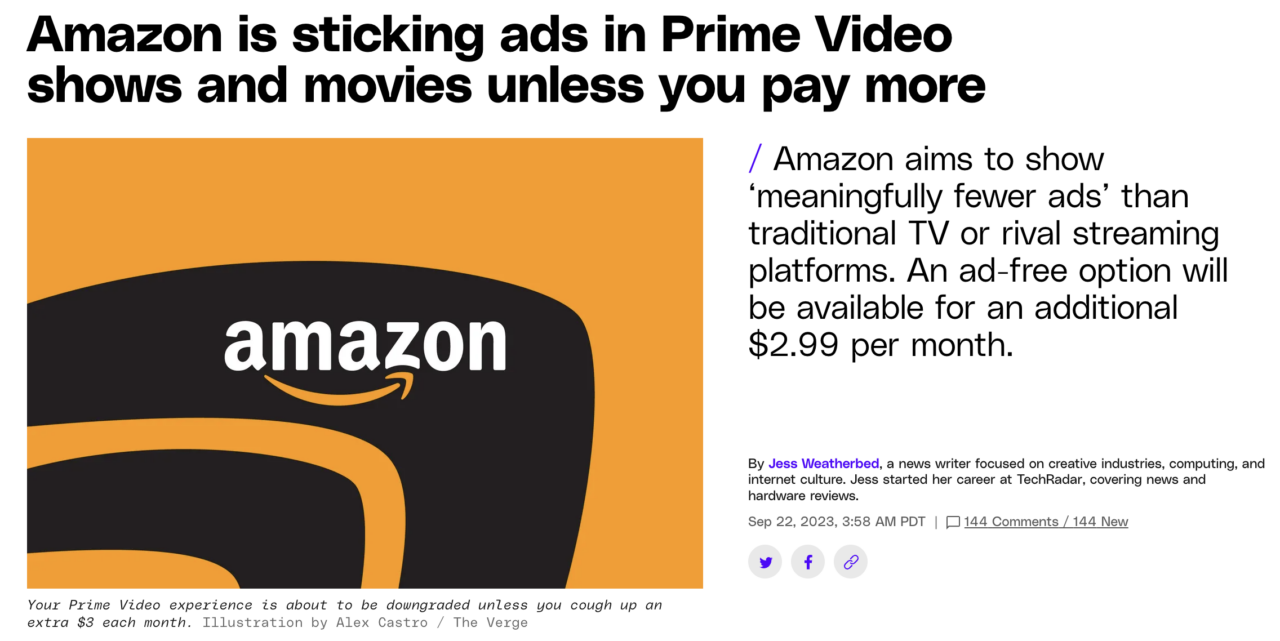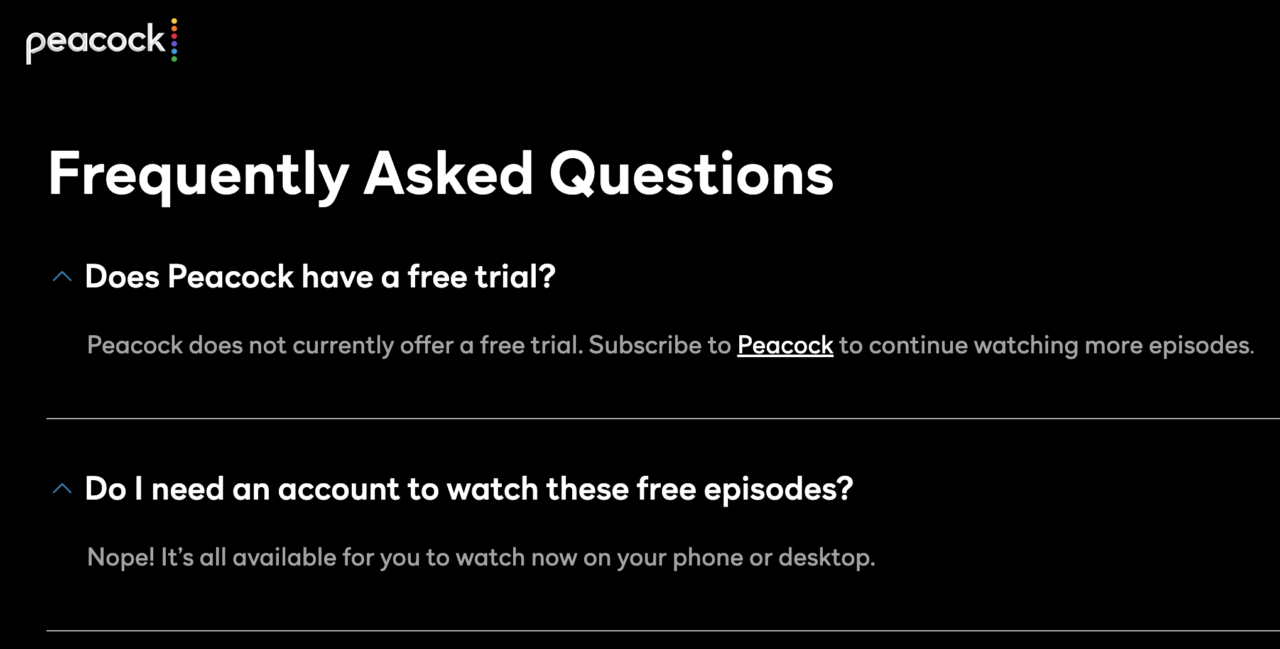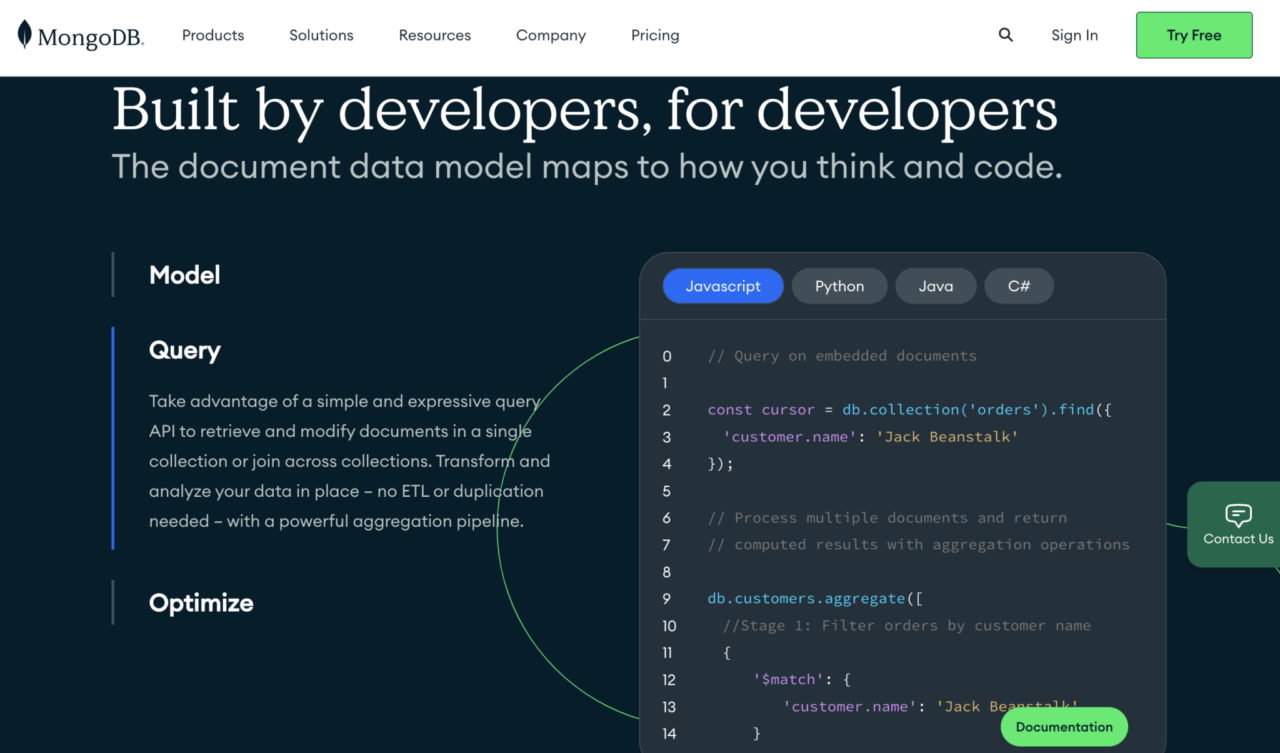If you’ve never heard of product-led growth, then you’re in the right place.
PLG is a strategy many companies are adopting to generate more growth, traffic and people using their product as the primary vehicle for expansion. It’s an attractive business model for many reasons, especially if your primary offer is a digital service that can scale participants who use it for more revenue.
In this post, we’ll explore more of the gains that can come about from a product-led growth strategy, as well as the drawbacks that go with it (because it’s not all a walk in the park, as you might think).
Single Grain enables us to increase our impact without increasing our headcount
Understanding Product-Led Growth
Before diving into the complexities of PLG, however, it’s essential to understand its fundamentals.
Product-led growth is a type of business model where the product takes center stage in attracting users and fostering expansion. Instead of focusing primarily on marketing spend to attract customers, companies invest in improving and expanding their products, often leading to organic growth via referrals.
In its barest form, it’s about offering something very affordable or free to attract potential customers to buy from you.
For instance, Slack offers free seats to attract teams. Once they onboard a certain number of members, some organizations will inevitably need to upgrade to a paid version that accommodates more users:

Similarly, Microsoft Teams originally propagated their tool as entirely free, urging organizations to onboard all their members. The strategy here? Get users to experience the value of the product firsthand and then eventually become paying customers for other products.

Another sterling example of PLG is Dropbox. They gamified their storage offering: Want more space? Then tweet about Dropbox, and with every sign-up from your referral, get additional storage. This approach not only increased user numbers, but created a viral effect that led to explosive growth.

And, of course, streaming platforms like Amazon Prime are following suit with this approach by implementing tiered subscriptions that include ads or not.

Peacock doesn’t offer a free trial, but it does offer a very narrow selection of its programs for free, with the full catalog of shows and movies available only to paid subscribers:

The Upsides of PLG
When considering the advantages of product-led growth, HubSpot’s journey provides a textbook example of PLG’s potential. The CRM titan’s success story not only serves as a testament to the power of PLG, but also sheds light on the critical decisions that can shape a company’s trajectory.
HubSpot’s Pioneering Decision
At a crucial juncture in its growth, HubSpot’s leadership made a bold choice to pivot toward a freemium model. This meant offering a plethora of features for free, allowing users to experience the core functionalities of the product without any initial investment. The more advanced and premium features, of course, were gated and accessible only upon upgrading to a paid version.
This freemium approach was rooted in a simple philosophy: If users find value in the basic version, they’ll be more inclined to pay for enhanced features.

Facing Internal Resistance
Introducing such a paradigm shift was no small feat. The decision was met with substantial internal skepticism. Most of HubSpot’s team had reservations about moving to a freemium model.
Their concerns were valid, given the potential risks involved: Would it devalue the product? Would it strain resources? Would it dilute the brand’s image of authority?
Despite these doubts, the leadership, displaying commendable conviction and foresight, chose to move forward with the PLG strategy.
The Reward
Once the freemium model was in place, HubSpot produced an influx of new users, many of whom eventually converted into paying customers after experiencing the product’s value firsthand.
This influx wasn’t just a transient spike in numbers. HubSpot’s growth curve began to steepen, indicating sustained and rapid expansion. The company’s user base grew, revenues multiplied and brand recognition soared.
One of the most tangible markers of this success was HubSpot’s transition to becoming a publicly traded company. Their Initial Public Offering (IPO) was not just a financial milestone, but a validation of their PLG approach.
The Hidden Traps of PLG
However, like all strategies, PLG is not without its pitfalls. Companies diving headfirst into the this approach can find themselves ensnared in the “PLG Trap.”
While product-led growth may result in swift initial adoption and growth, scaling a company on this model presents unique challenges. Analyses indicate that public companies that initially embraced PLG were between 5-10% less profitable than their sales-led counterparts in the long run. The data suggests that many of these PLG-first companies, even after experiencing favorable unit economics early on, tend to lose efficiency as they scale.
It’s imperative for ambitious software companies to comprehend this nuance. They shouldn’t avoid PLG, but should integrate it as an initial strategy while planning for the enterprise scale in the longer term.
Case in point: Many companies find themselves grappling with growth plateaus around the Series C stage or when they have 200 to 400 employees. Larger public companies aren’t exempt from this challenge either. For instance, Dropbox, despite its initial success, saw a steady decline in its year-over-year revenue growth, dropping from 15.2% in 2019 to a mere 7.7% in 2022.
Transitioning Beyond PLG: The Case Study of MongoDB
While many businesses struggle with the constraints of a strict product-led growth model, some manage to evolve and adapt with aplomb. Among these success stories, MongoDB stands out, showcasing how a company can grow from a PLG-centric model to dominate the enterprise sector.
Back in 2009, MongoDB entered the tech scene as an open-source, document-based database:

In an era where traditional relational databases dominated the landscape, MongoDB brought a fresh approach, focusing on flexibility and scalability. Their open-source nature was a strategic move to garner interest and rapidly increase user adoption.
And it worked. Developers and tech enthusiasts worldwide quickly embraced MongoDB, leading to millions of downloads. As the company grew in popularity, the leadership team observed a significant pattern: While their PLG approach was excellent for amassing a large user base, it might not be the best model for sustained, long-term growth.
Relying solely on individual developers or smaller startups had its constraints, both in terms of revenue potential and market reach. To truly expand and diversify, MongoDB needed to tap into the lucrative enterprise market, where bigger players with deeper pockets resided.
Making a transition to cater to enterprise needs wasn’t just about pitching to larger companies. It required a comprehensive reevaluation of their offerings, ensuring that they met the stringent demands of large-scale businesses. This meant enhancing security features, offering more robust support, introducing scalable solutions and providing a suite of tools tailored to enterprise requirements.
Today, MongoDB proudly reports sales figures exceeding a billion dollars. But it’s not just about the revenue. The company now serves nearly 2,300 enterprise customers, each committing over $100,000 annually.
It just goes to show that while PLG can be a fantastic launchpad, long-term success often requires an understanding of market needs and the delivery of consistent value at every scale.
Last Words on Product-led Growth
In conclusion, while PLG presents a compelling approach for businesses to attract users and scale growth organically, it’s not a one-size-fits-all solution. Companies must recognize the inherent challenges in relying solely on PLG for long-term growth. As in many business strategies, context is king. It’s crucial to integrate insights from various models, conduct thorough research, and mold strategies tailored to unique business contexts.
Is your brand thinking about adopting a product-led growth model? If so, you should always keep a firm finger on the pulse of your audience, staying adaptable and ready to transition when the market demands it. Good luck.
If you’re ready to overcome market saturation challenges and boost user acquisition, Single Grain’s PLG experts can help!👇
For more insights and lessons about marketing, check out our Marketing School podcast on YouTube.


